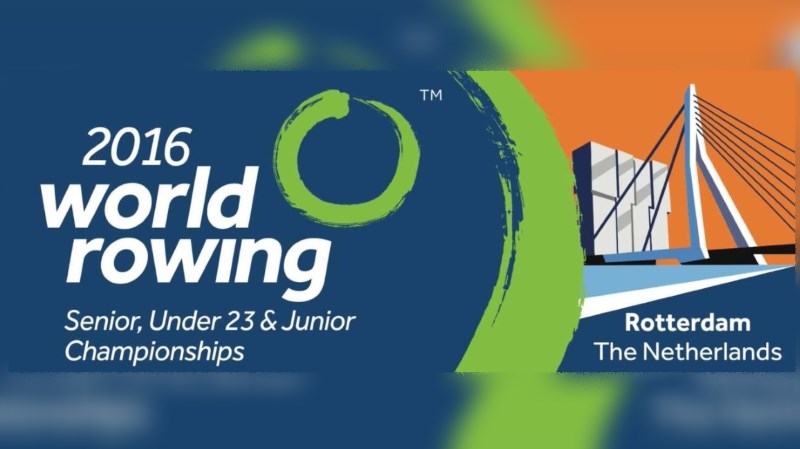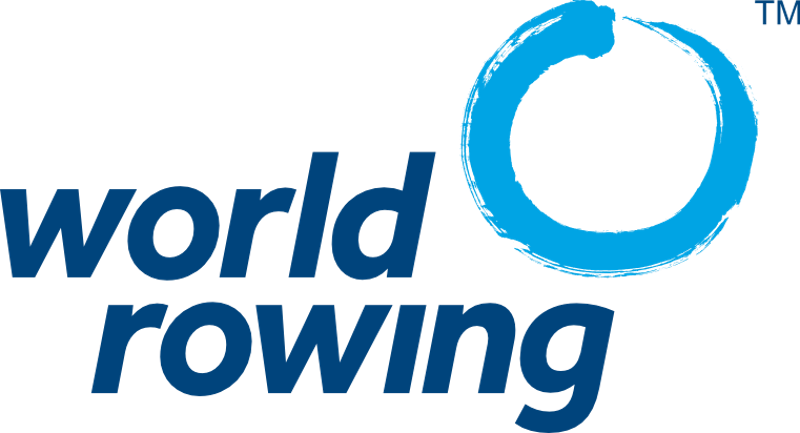
World Rowing Championship 2016 – Held From 21 to 28 August in Rotterdam
The World Rowing Championships is an annual event organised by FISA (the International Rowing Federation). This international rowing regatta is a week long event that's held towards the end of the northern hemisphere summer. If it is a non-Olympic year this event is considered to be the highlight of the international rowing calendar. It was first held in 1962, in Lucerne, Switzerland. And last year, 2016, was held at the Willem-Alexander Baan in Rotterdam, Netherlands.
Also held at the same time were the World Junior Rowing Championships and the World Rowing U23 Championships. The 2016 Summer Olympics were also held in the same year so the World Championships programme was limited to non-Olympic events.
The world water sports have major support by various organizations, websites for sports and activity, others like fineonlinecasinos.com, social media campaigns for people to get involved and donate funds and more. All the efforts are to promote Clean Water and educate rowers and those who follow the sport, about its importance to the global environment.
History of the World Rowing Championships
The first World championships was held in 1962, but before that date there was a lot of talk about an international competition. Unofficially, the European Championships were regarding as the world championship and had been held since 1892. It was a former President of FISA that conceived the idea of a World Championship and in 1955, at the FISA Congress, instructions were made to pursue the feasibility of the proposal. Further discussions were held at the Congress in the following year and the Americans proposed the first world championship to be held in Philadelphia in 1958. This plan did not come to fruition and it wasn’t until the 1958 Congress that it was agreed a World Championships would be conducted. Things were put on hold to allow other federations the opportunity to make their views known. Ad it was decided, at the 55th FISA Congress held in 1959 that the first World Rowing Championships would be held in 1962. It was decided that the event would take place every four years and that is how it stayed until 1974. Thereafter, they were held annually, except for Olympic years. The women’s World Championships weren’t started until 1974 and have been held on an annual basis except in Olympic years.
Willem-Alexander Baan – Venue
Willem-Alexander Baan is located near the Dutch village of Zevenhuizen, near Rotterdam. It is an artificial lake and has been used as a venue for rowing regattas since 2012. in 2016, it hosted the World Rowing Championships. Construction of the lake wasn’t started until 2011, although plans has started in 2002. it was built by the Government of Rotterdam and opened by the King of the Netherlands, after whom it is named, in 2013. the first competition it hosted was in 2012, before it was officially opened. The first major competition was the rowing part of the European Universities Games that were held in 2014.
The artificial lake is located parallel to the River Rotte. There are eight lanes laid out using the Albano buoy system, forming the competition area. With a second canal running parallel to the competition area, set aside for warm ups and training runs. The course is 2,000 metres (6,600 feet) in length and was designed with the help of the International Rowing Federation (FISA).
Other events that took place at the same time were the World Rowing Junior Championships as well as the World Rowing U23 Championships.

Eligibility
The World Rowing Championship is open to all competitors authorized to compete by their member federation, and those who are eligible under the appropriate rules. In order to represent a country in the championship a competitor has to be a citizen of the country. To prove this they will have to show an official document, either a passport or identity card. Exceptions can be made by order of the executive committee. If a rower wants to compete they have to submit a signed commitment form, according to Article 56. Team officials also have to submit a signed commitment form to FISA before official accreditation can be issued.
College Rowing – You’d Better Win or You’ll Lose the Shirt Off Your Back
The loser of the race must hand over a racing shirt with their logo on it to the opposing team. Traditionally, the exchange would have happened when the boats pulled together when the race had finished. Nowadays, the common practice is to exchange shirts when off the water. Over the years the question of legality of this practice has been discussed time and time again, particularly after women’s collegiate crews joined the NCAA, But the tradition of betting shirts had been upheld by the NCAA Operating Bylaws. The term betting shirts can refer to the shirt itself, some of which are specifically made for betting so that the rowers can keep their racing jerseys if they didn’t win. But it can also refer to the practice itself.







